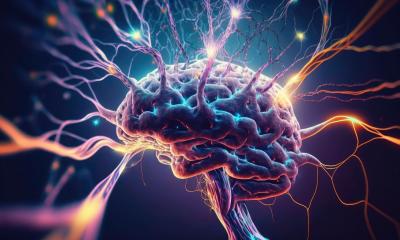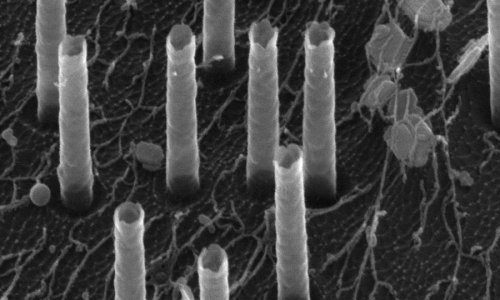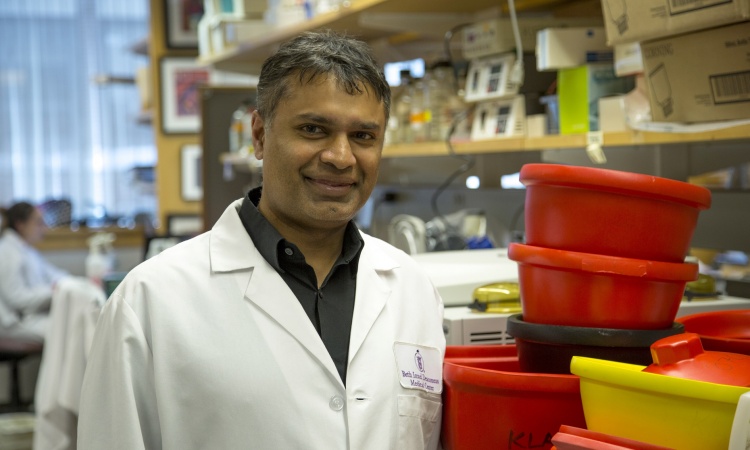News • Rheumatoid arthritis
Hibernation causes inflammation
Rheumatoid arthritis is the most common autoimmune disease of the joints. It causes a chronic inflammatory response, with the body’s own immune cells attacking the joint, including the cartilage and bone. This process does not cease spontaneously. An international research team headed by the rheumatologist Dr Andreas Ramming at Friedrich-Alexander-Universität Erlangen-Nürnberg (FAU) has now managed to identify an immune system cell type that can be used in a targeted attempt to control the inflammatory response in arthritis patients.
In Germany some 800,000 people, preliminarily women, suffer from rheumatoid arthritis. This causes persistent inflammation that damages the joints and bones. Patients suffer pain and experience restrictions in terms of their mobility. “A particularly worrying aspect for those affected is the fact that the inflammatory response in joints is exceptionally chronic and thus usually requires lifelong treatment,” explains Prof. Georg Schett, director of the Department of Medicine 3.

State of hibernation
Cells known as innate lymphoid cells usually manage the resolution of inflammations. However, to date, little has been known about how inflammations clear up and why this process does not work in those suffering from rheumatism. Now a joint project involving researchers in London, Barcelona, Zurich, Indianapolis and Dublin has now enabled the researchers in Erlangen to solve this mystery. According to Simon Rauber, an immunologist in Erlangen and primary author of the study, a previously inadequately studied cell population of the immune system called innate lymphoid cells plays a major role in the resolution of inflammations.
It seems that innate lymphoid cells go into a kind of ‘hibernation’ in patients with rheumatism. “In patients suffering from rheumatoid arthritis, these innate lymphoid cells are in a state of what can be described as hibernation and as a result the inflammation persists. When innate lymphoid cells are ‘woken up’, this puts a stop to the inflammation and to the damage to the joint,” adds principal investigator Dr Ramming. The discovery of this important mechanism could provide the opportunity to develop completely new options for treating chronic inflammatory diseases
New forms of treatment monitoring
Even at this stage, measuring the number of innate lymphoid cells in the blood makes it possible to provide a prognosis of the effects of treatment. If there are few innate lymphoid cells in the blood, the disease will flare up and the joint will be further damaged. However, resolution of inflammation is associated with an elevation in the number of these cells. The measurement of blood levels makes it possible to initiate individual, more targeted treatment at an early stage, thus preventing another flare-up of the disease. “These findings will make it possible to significantly improve the quality of treatment of rheumatoid arthritis in future with the help of innate lymphoid cells,” says Dr Ramming.
Source: Friedrich-Alexander-Universität Erlangen-Nürnberg
11.08.2017











